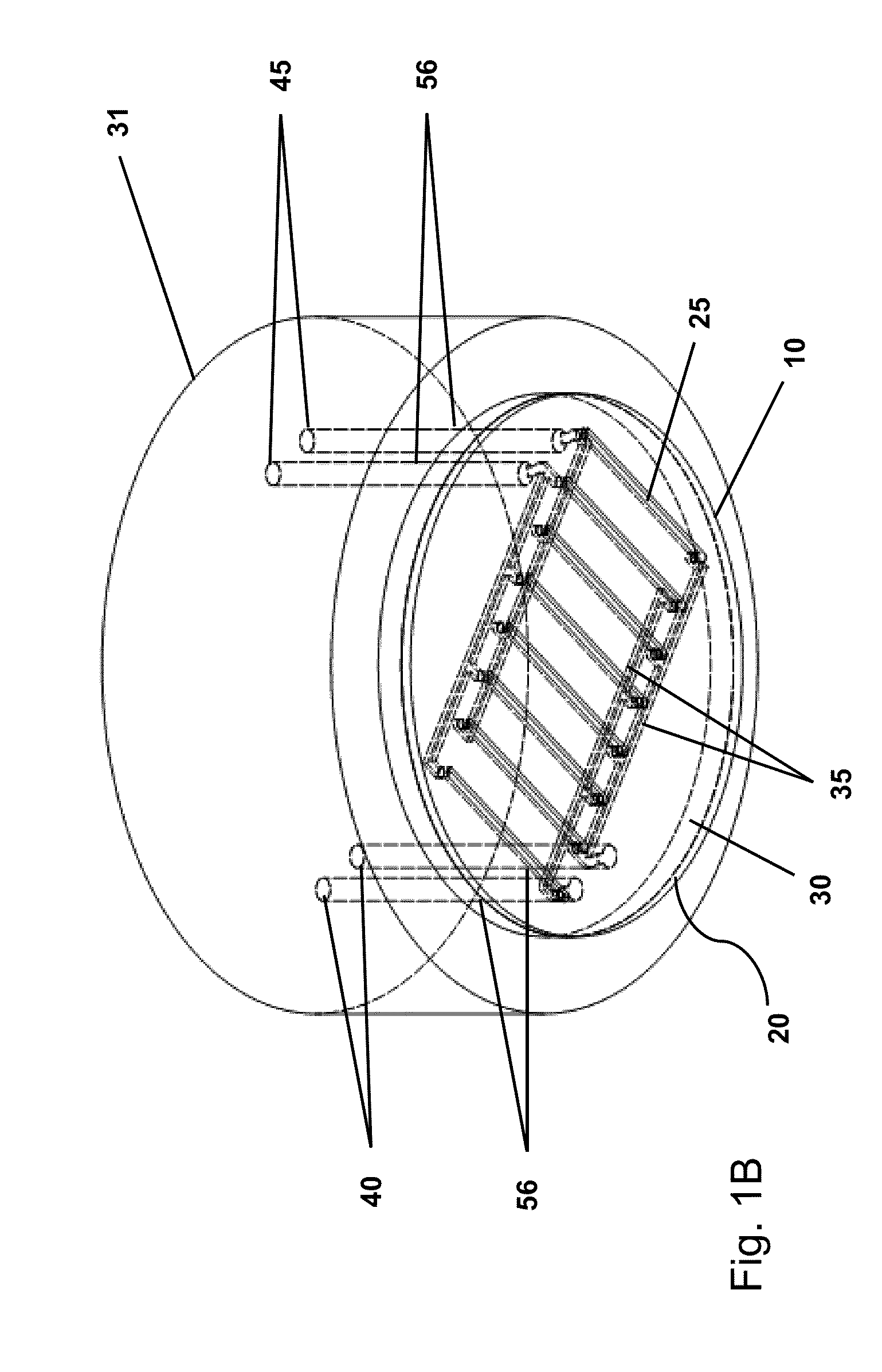Method and Apparatus for a Microfluidic Device
a microfluidic device and microfluidic technology, applied in the field of microfluidic devices, can solve the problems of affecting the use of the method and device, the inability to study the chemotaxis using conventional methods and devices, and the inability to achieve the effect of reducing the number of microfluidic devices, and achieving the effect of improving the efficiency of microfluidic devices
- Summary
- Abstract
- Description
- Claims
- Application Information
AI Technical Summary
Benefits of technology
Problems solved by technology
Method used
Image
Examples
example
Gradient Generation
Device Setup
[0090]The microfluidic device 5 is pre-loaded with solutions through tubing and syringes connected to a dual-barreled syringe pump (Nexus, Chemyx Inc., Stafford, Tex.) before application. To generate a gradient 75, the microfluidic device 5 is loaded with a buffer and a solution containing the soluble factor of interest. To apply the microfluidic device 5 to a substrate, the device 5 is placed into a well 66 in a 6-well plate 65 pre-filled with a small volume of fluid (1-2 ml). The modular design serves two important purposes for device operation: (1) it frees the substrate from the microfluidic device 5 to simplify cell culture and (2) it allows us to introduce gradients of soluble molecules at any point in time to pre-established cell cultures. In this example, the microfluidic device 5 is operated at flow rates of 100 μl / hr to 200 μl / hr over the course of several hours. In a specific instance, flow rates of 100 μl / hr and 1000 μl / hr were applied diff...
PUM
 Login to View More
Login to View More Abstract
Description
Claims
Application Information
 Login to View More
Login to View More - R&D
- Intellectual Property
- Life Sciences
- Materials
- Tech Scout
- Unparalleled Data Quality
- Higher Quality Content
- 60% Fewer Hallucinations
Browse by: Latest US Patents, China's latest patents, Technical Efficacy Thesaurus, Application Domain, Technology Topic, Popular Technical Reports.
© 2025 PatSnap. All rights reserved.Legal|Privacy policy|Modern Slavery Act Transparency Statement|Sitemap|About US| Contact US: help@patsnap.com



